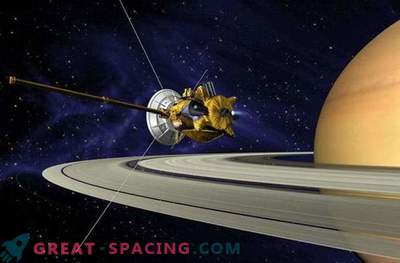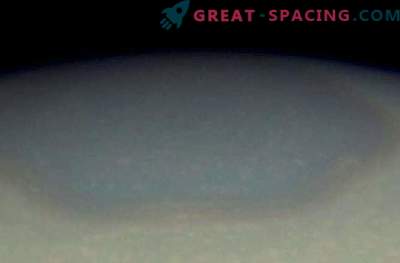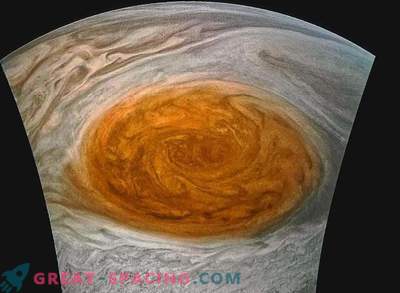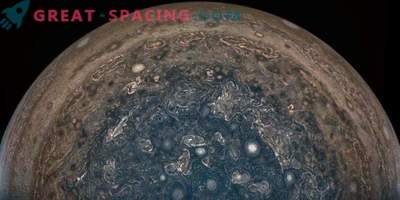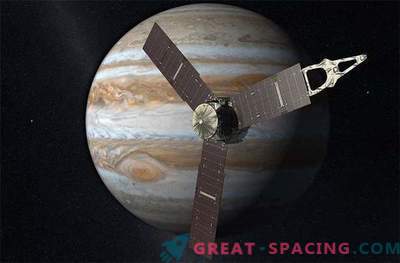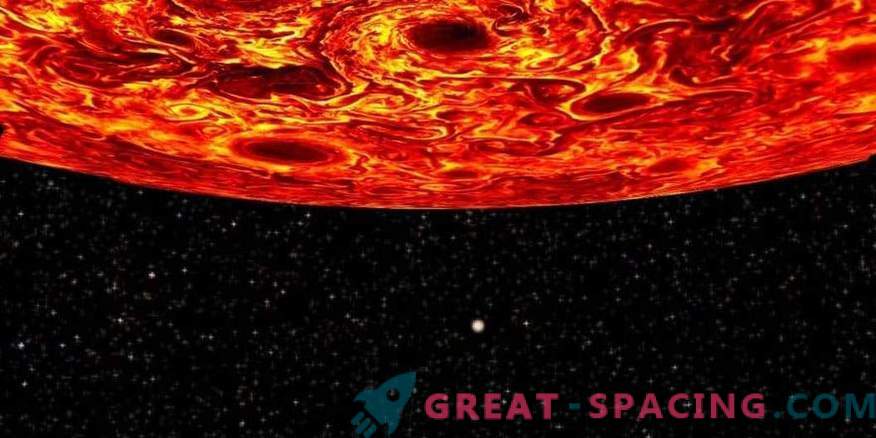
The picture of Jupiter's South Pole presents a mosaic of many frames taken at 5 μm wavelengths. Images are obtained at different times, and Juno left the planet after the closest approach. It shows the heat (measured as a shine) coming out of the planet through the cloud cover: yellow - thinner clouds, and dark red - dense
Geometric clusters of cyclones are located deeper in the atmosphere than scientists thought. And this is just one of the discoveries reported by four international research groups, based on a review of the Juno apparatus.
One group managed to find a constellation of 9 cyclones above the north pole of Jupiter and 6 over the south. Wind speed exceeds the capacity of terrestrial hurricanes of the 5th category (350 km / h). Massive storms have not changed their location yet and have not merged.
Scientists expected to find something resembling a hexagonal system over Saturn’s north pole. Instead, they opened an octagonal group over the north pole and a pentagonal company over the south. Each cyclone in length is pulled over several thousand kilometers. Jupiter is in 5th place in terms of distance from the Sun and is considered the largest planet in the system. The mission of Juno was created in 2011, and Jupiter has been in orbit since 2016. Earlier, in 1995-2003, the Galileo apparatus rotated there.
Another study showed that the jet streams of the planet actually descend thousands of kilometers under visible cloudy peaks. The refined measurements of the non-uniform gravitational field of Jupiter made it possible to calculate the depth of the jet streams - 3000 km. Eventually. Everything indicates that the planetary atmosphere is massive and extends deeper.
Using these data, researchers can better understand the core of Jupiter. Moreover, this scheme can be repeated on other gas giants, like Saturn, where the atmosphere can be even deeper. By the same methods, Juno could help determine the exact depth of Jupiter's Great Red Spot.

